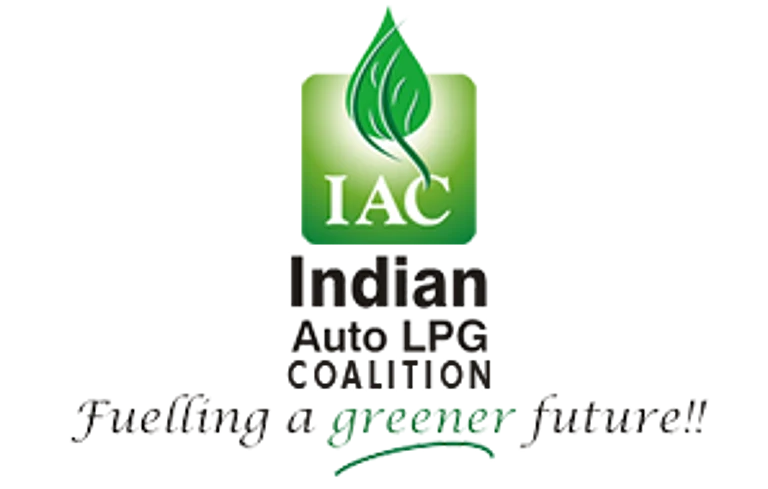“The first rule of sustainability is to align with natural forces, or at least not try to defy them,” said Paul Hawken, an American environmentalist, entrepreneur and activist.
I strongly echo the sentiment that Paul’s statement is doused in. To move towards a sustainable future, we need to act in the present. Indian roads are overcrowded with a staggering 33 crore vehicles, predominantly powered by petrol and diesel, contributing significantly to the country's emissions footprint.
As the world grapples with the imperative need to address climate change, India faces the monumental challenge of curbing emissions from its existing vehicle fleet. While electric vehicles (EVs) have garnered considerable attention as a promising solution, exploring alternative greener alternatives is paramount to achieving substantial emission reductions.
Let’s delve into innovative approaches beyond EVs that can bring about the desired change:
Retrofitting existing vehicles with cleaner technologies presents a pragmatic solution to mitigate emissions swiftly. By equipping vehicles with retrofit devices such as particulate filters and selective catalytic reduction systems, harmful pollutants like particulate matter and nitrogen oxides can be significantly reduced. Furthermore, retrofitting can extend the lifespan of older vehicles, ensuring that they meet stringent emission standards akin to newer models. Government incentives and subsidies could incentivize vehicle owners to adopt retrofitting measures, accelerating the transition to cleaner transportation.
Encouraging the use of alternative fuels presents a promising avenue to diversify India's energy mix and mitigate emissions from the transportation sector.
Auto LPG, or liquefied petroleum gas, is a clean-burning alternative fuel used in vehicles worldwide. Comprising propane and butane, Auto LPG emits fewer harmful pollutants than gasoline or diesel, improving air quality and reducing greenhouse gas emissions. Widely available and compatible with existing gasoline engines, Auto LPG offers an affordable and efficient transportation option. Its use helps mitigate urban air pollution and reduces reliance on conventional fossil fuels. With proper infrastructure and support, Auto LPG can play a significant role in promoting sustainable mobility and addressing environmental challenges in the automotive sector.
Compressed natural gas (CNG) has gained traction as a cleaner alternative to traditional fossil fuels, particularly for commercial vehicles such as buses and taxis. Expanding the CNG refuelling infrastructure and offering subsidies for the conversion of vehicles to run on CNG can accelerate its adoption across the country.
Biofuels derived from renewable sources such as ethanol and biodiesel offer a sustainable alternative to conventional fuels, reducing greenhouse gas emissions and mitigating the reliance on fossil fuels. Ethanol, produced from crops like corn and sugarcane, is commonly blended with gasoline to reduce emissions. Biodiesel, derived from sources like soybean oil or recycled cooking oil, can substitute or blend with diesel.
Hydrogen Hydrogen fuel cells generate electricity by combining hydrogen with oxygen, emitting only water vapor as a byproduct. Hydrogen fuel cell vehicles (FCVs) offer longer driving ranges and faster refuelling than electric vehicles.
Hybrid Vehicles Hybrid vehicles combine an internal combustion engine with an electric motor and battery pack. They utilize regenerative braking to charge the battery and improve fuel efficiency. Hybrid technology reduces fuel consumption and emissions compared to conventional vehicles.
Hydrogen Blends Hydrogen can be blended with natural gas to create hydrogen-enriched compressed natural gas (HCNG). This blend can be used in conventional natural gas vehicles with minor modifications, offering reduced emissions and improved combustion efficiency.
Synthetic Fuels Synthetic fuels, also known as e-fuels or power-to-liquids (PtL), are produced through processes like electrolysis of water to produce hydrogen, which is then combined with carbon dioxide (CO2) from renewable sources to produce liquid fuels such as synthetic gasoline, diesel, or jet fuel.
Promoting public transportation is another pivotal strategy in reducing emissions from India's vehicle fleet. With rapid urbanization and a burgeoning population, India's cities are grappling with traffic congestion and air pollution exacerbated by private vehicles. Raising awareness about the environmental impacts of vehicle emissions and promoting eco-friendly commuting practices can instigate a societal shift towards greener modes of transportation. Initiatives such as carpooling, cycling, and walking not only reduce emissions but also promote healthier and more active lifestyles.
The Way Forward
In addition to the aforementioned, a holistic approach encompassing regulatory measures, technological innovations, and behavioural change is essential to achieve substantial emission reductions. With 33 crore vehicles congesting Indian roads, vehicular pollution accounts for a significant 40 per cent of the environmental challenge.
Stringent emission standards, coupled with effective enforcement mechanisms, can compel vehicle manufacturers to produce cleaner and more fuel-efficient vehicles.
Auto LPG, along with CNG, are ideal choices due to their cleaner-burning properties, lower emissions, and potential to reduce air pollution significantly.
Furthermore, investing in research and development to advance vehicle technology, including hybridisation and fuel-cell vehicles, can accelerate the transition towards low-emission transportation. Moreover, leveraging digital technologies and smart mobility solutions can optimize transportation systems, reduce traffic congestion, and enhance the efficiency of urban mobility.
By embracing innovative solutions and fostering a culture of sustainability, India can pave the way towards a greener and more sustainable future for its transportation sector.
(Views expressed here are personal. Author is Director General, Indian Auto LPG Coalition)





















